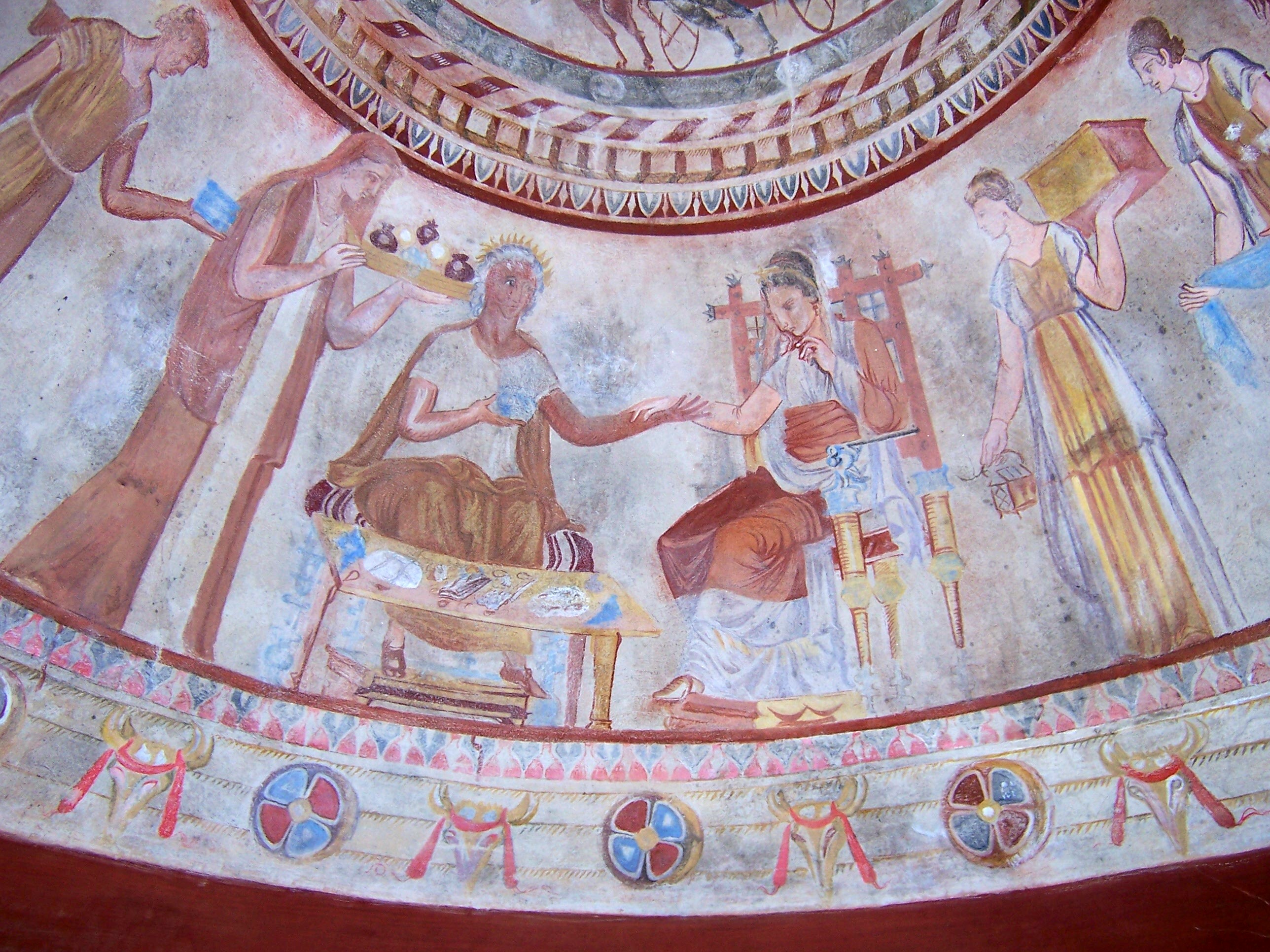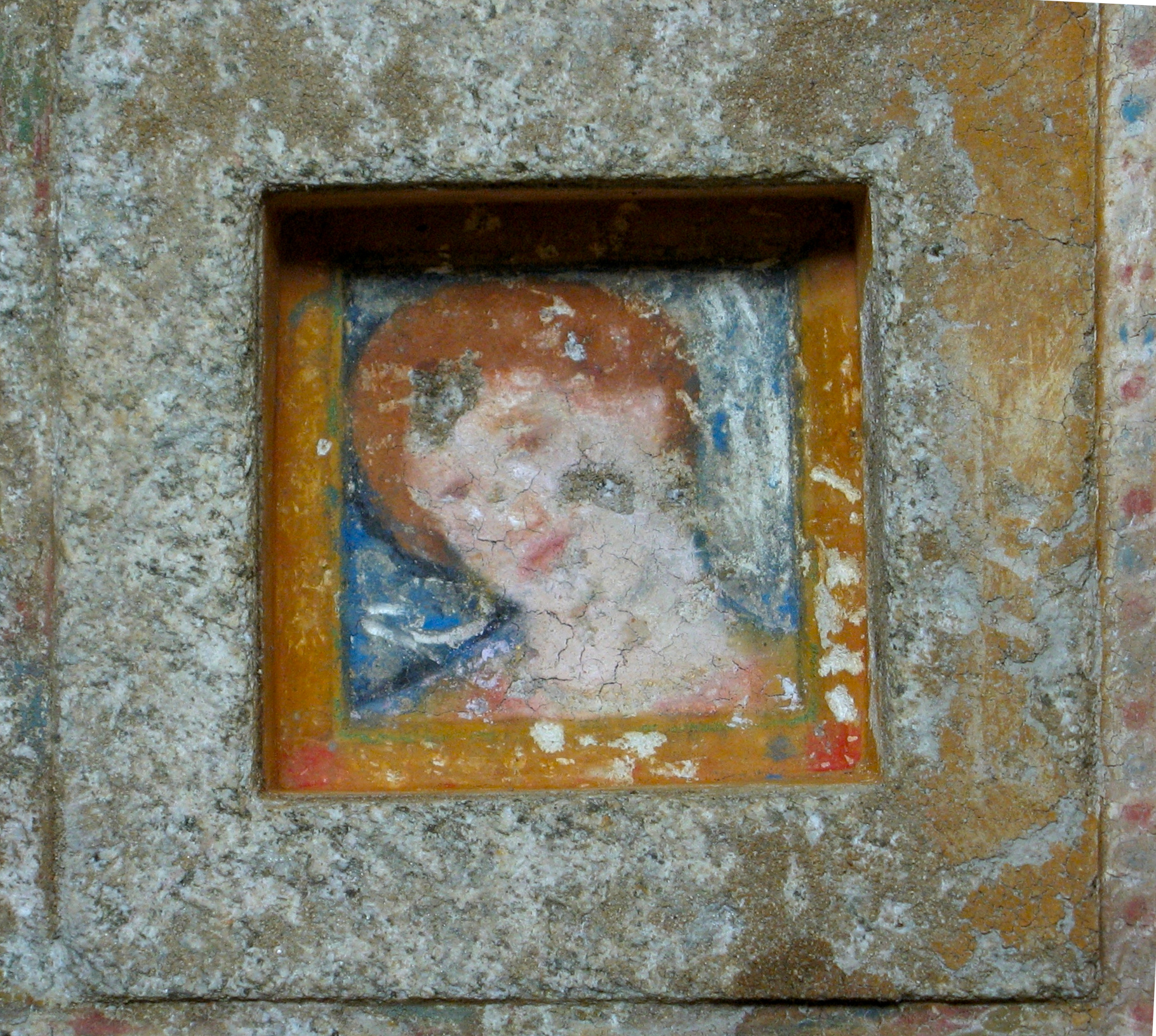It is well known that in the heart of Bulgaria, between the mountains Stara Planina and Sredna Gora lies the Valley of Roses, globally known for the production of ’liquid gold’ – rose oil. But did you know that, in the Rose Valley, there is another, more ancient treasure being unravelled with every passing day – the Valley of Thracian Kings.
Let’s learn all about the Thracian heritage of Bulgaria!
Table of Contents
Who are the Thracians?
Why is it called “Valley of Thracian Kings?”
Kazanlak Tomb
Ostrusha Tomb
Shushmanetz Tomb
Svetitsata Tomb
King Seuthes III tomb – Golyama Kosmatka
Opening hours, ticket price
Seuthopolis – the Thracian Capital
The Megalit shrine near Kazanlak
Thracians traditions today
Other Thracian sites worth visiting
Visiting the Rose Festival? Click here to learn more
Who are the Thracians?
The Thracians are tribes who settled in the region known as Thrace, south of the Balkan mountain, ever since the Bronze age. Through the centuries, they were slowly absorbed by the more powerful cultures of Greece, Persia and the Roman empire. The first mention of the Thracian tribe was in the famous Iliad by Homer, where the Thracians were an ally to the Trojans in the Trojan war against the Ancient Greek.

Did you know: Evidence of human civilisation in the area of Bulgaria dates back to the Middle Paleolithic Period (the Old Stone Age, 100.000 to 40.000 BCE)
Today, the presence of Thracians can still be felt through the numerous shrines, tombs, and settlement remnants found in Bulgaria, Greece and Turkey.
The Valley of Thracian Kings in the Heart of Bulgaria
Why is this area called the Valley of Thracian Kings, you might ask?
The reason is the high density of Thracian burial grounds located 6km north of Kazanlak, near the Shipka village. Think of it as the Thracian counterpart of the Egyptian Valley of Kings near Luxor.
The term was first coined by the archaeologist Dr Georgi Kitov, who spent years exploring the area and the countless Thracian mounds in the vicinity during the 90s and early 2000s (leading the expedition TEMR – Thracian Expedition for Mound Research from 1992 to 2006).
His team made some of the most amazing discoveries which led them to believe the area was at the heart of the powerful Odrysian Kingdom.
Did you know: The Thracian tribes did not manage to create a long-lasting political establishment until the Odrysian dynasty appeared in the 5th century BC
The tombs and graves of many Odrysian kings and royal family, buried together with their treasures and other possessions, have been discovered near Kazanlak. There are more than 1300 tumuli in the region, only 300 of which have been properly researched so far. I wonder what treasures would the other 1000 hold!
The tombs in the Valley of Thracian Kings
Thracian Tomb of Kazanlak
The most famous tomb and the only one protected by UNESCO’s world heritage (since 1979) is the Kazanlak Tomb (Kazanlashka Grobnitza). It was discovered by sheer luck during the Spring of 1944 when Bulgarian soldiers were digging trenches and struck a stone wall.
After realizing what they’ve discovered, they called an archaeologist who was the first to enter the tomb, discovering the beautifully painted cupola with one of the best-preserved frescoes of ancient Europe.
Did you know: The Thracians are believed to be redheaded. Ancient Greek artwork often depicts Thracians as redheads.
The tomb has three different friezes, each with a different theme and style. The upper one comprises of three chariots racing each other (endlessly through the centuries). The lower one is decorative, with bullheads and rosettes.

The middle frieze is the one that attracts all the visitors. The meaning of the paintings in it is still under discussion and interpretation. A man and a woman, surrounded by all their wealth, by musicians, servants and horses, are having a lavish feast. Some say the woman portrayed is actually the Great Goddess, and that is her wedding to a man. Others believe the painting shows King Roygos and his wife. The paintings in the Kazanlak Tomb were made somewhere in the early 3rd century BC.
Ostrusha tomb
Another Thracian tomb with frescoes is the Ostrusha tomb, a few kilometres south-east of Shipka town. Due to ancient and modern tomb raiders, there is only a fresco of a woman left preserved. The tomb is from the 4th century BC and is hewn of a monolith, with another monolith on top as a roof.
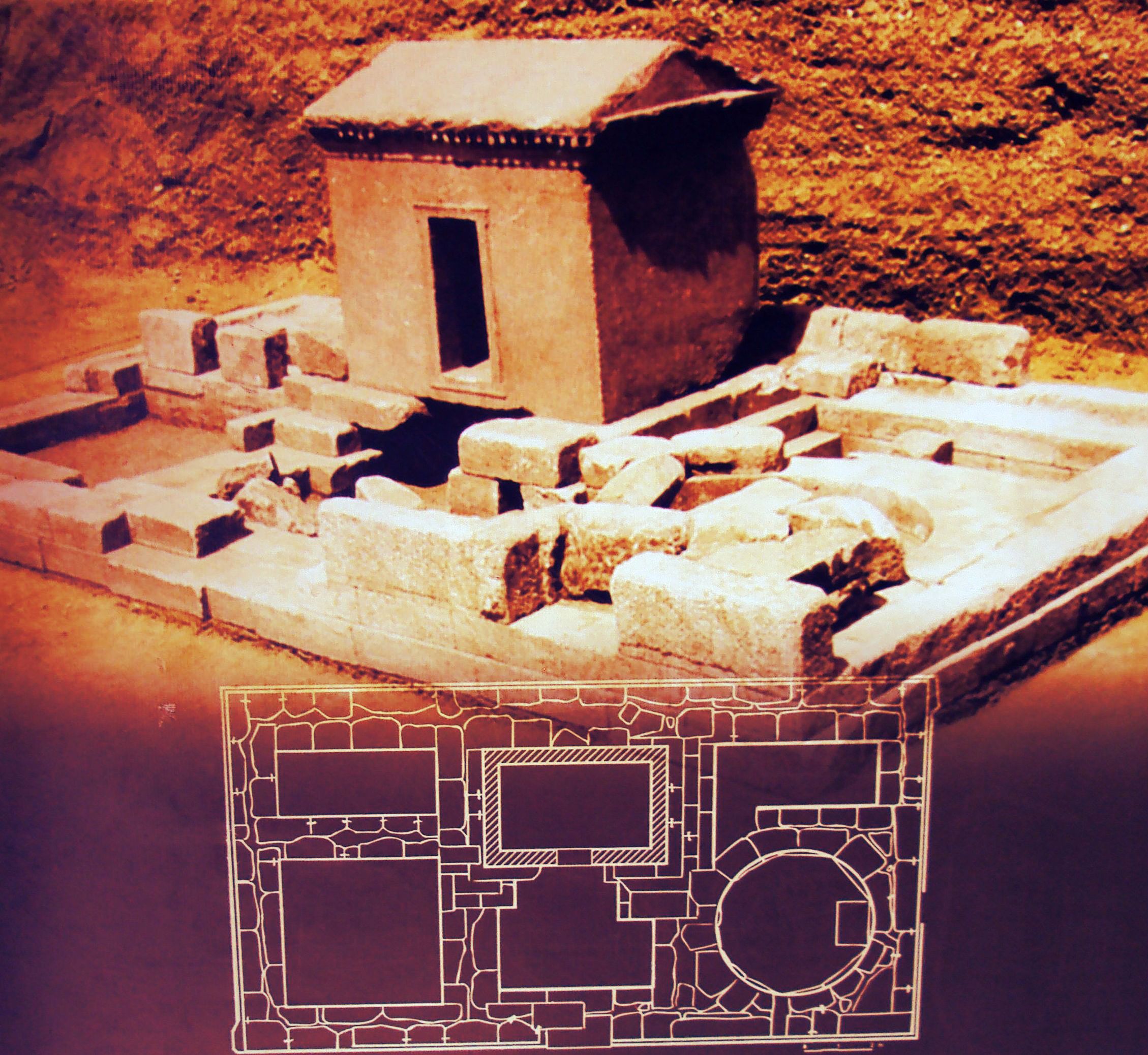
Shushmanets tomb
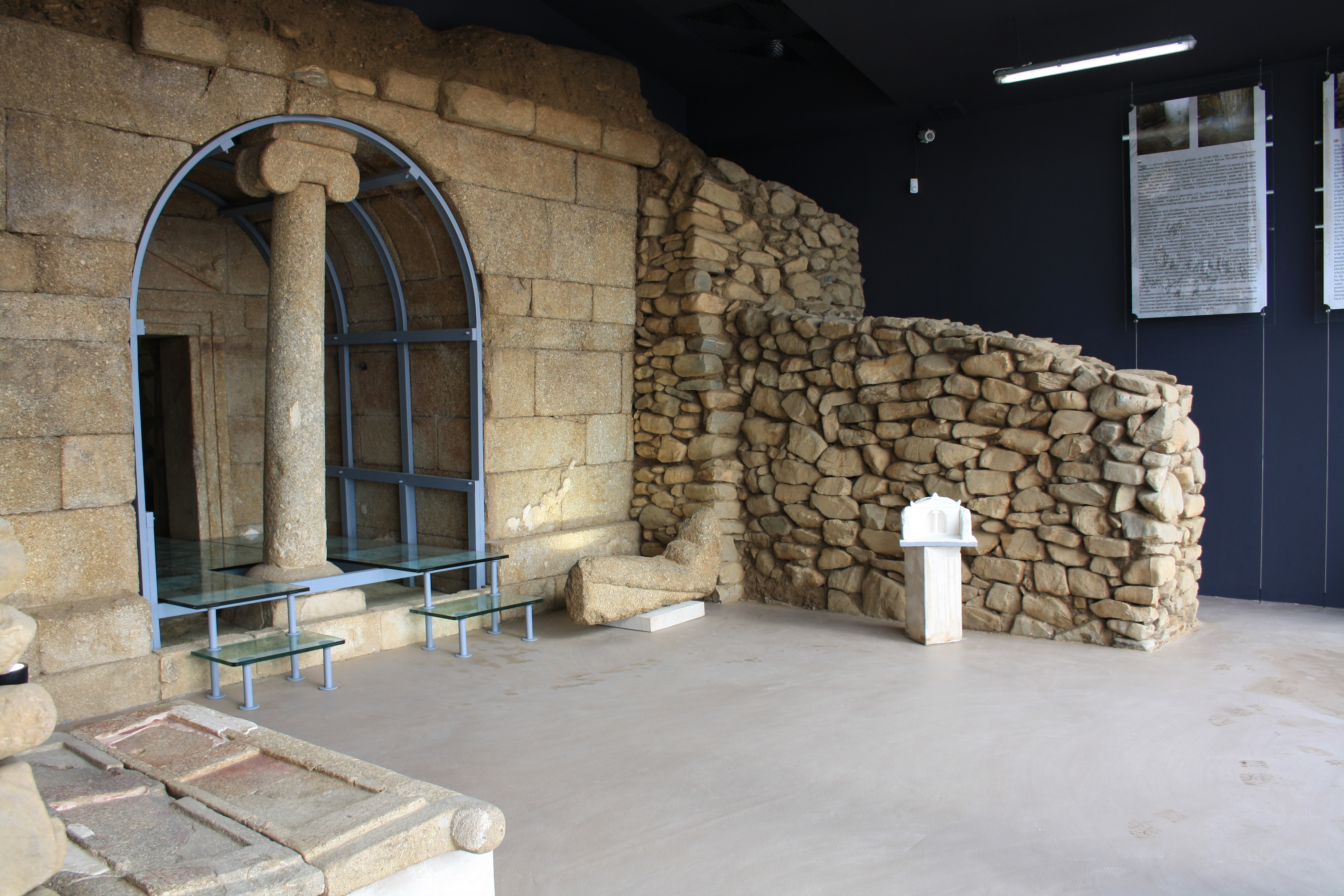
Just east of Shipka is the Shoushmanets tomb, an astonishing representation of the Thracian architecture. Excavated in 1996, this tomb begins with a wide corridor leading to a semi-cylindrical vault with a round dome covered in shine white plaster. Beautiful Ionic columns hold the ceiling, accompanied by a massive Doric column.
Svetitsata tomb
Despite many of the tombs having been robbed long ago, in August 2004, Dr Kitov made another discovery. At the Svetitsata mould, east of Shipka, his team found a grave with expensive imported vessels, weaponry as well as a golden mask of a bearded man, weighing 673 grams. After an analysis of the skeleton buried in the grave, Dr Kitov announced it is of the Thracian king Teres.
Did you know: the golden mask of Teres is one of a kind. All other golden masks are made of very thin gold and none is as massive as this one.
Golyama Kosmatka mound (tomb of King Seuthes III)




The media was still at awe of this discovery when in September the same year, Kitov discovered one of the best preserved ancient graves in Bulgaria, at the Golyama Kosmatka mound, again near Shipka.
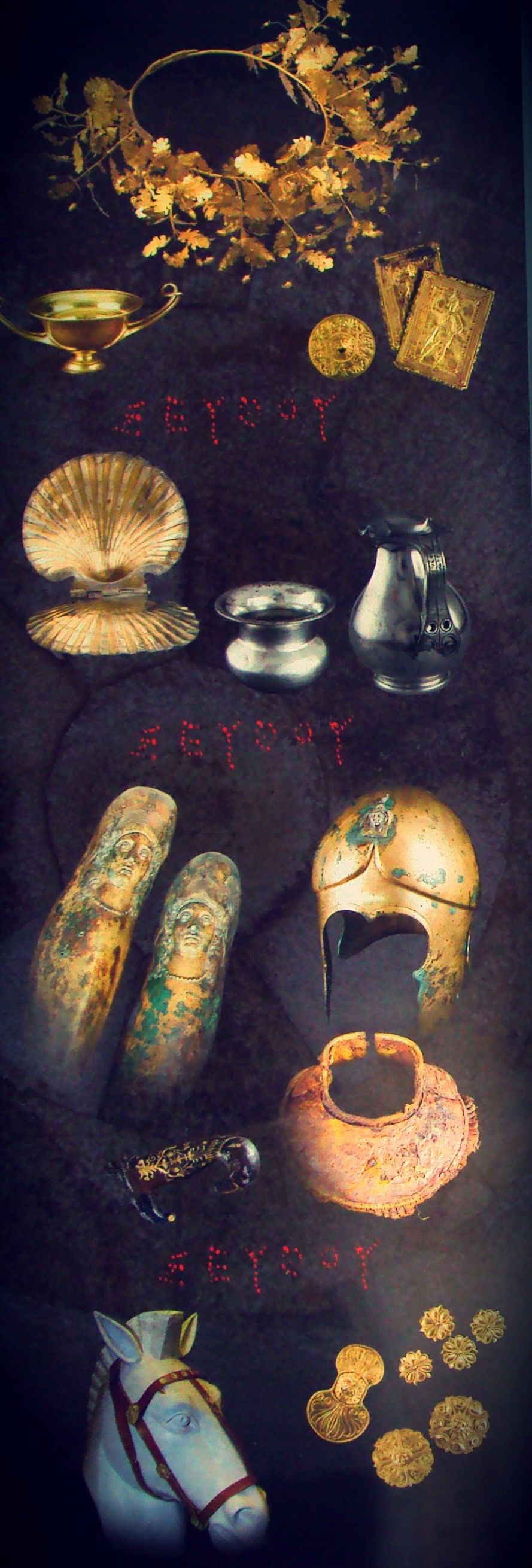
 The burial chamber was hewn in a 60-tonne monolith, tall 4.5meters with marble doors with sculpted figures and was filled with precious weapons, jewellery and other objects such as a golden wreath, a golden wine cup and a jewellery box in the shape of a shell (believed to be a gift from his wife).
The burial chamber was hewn in a 60-tonne monolith, tall 4.5meters with marble doors with sculpted figures and was filled with precious weapons, jewellery and other objects such as a golden wreath, a golden wine cup and a jewellery box in the shape of a shell (believed to be a gift from his wife).
On one of the silver vessels, the words “To Seuthes” (ΣΕΥΘΟΥ) were carved, as well as an image of the king on many of the bronze coins, leading to the conclusion that the famous King Seuthes III was buried here.
The most amazing finding in Golyama Kosmatka was not in the grave itself but buried nearby. A huge bronze head of a bearded man with strong features, extremely well preserved, seemingly cut off an actual bronze statue. This is believed to be done in order to recreate the myth of Orpheus.

According to the legend, after his death, Orpheus’ head could tell what the future holds. The symbolic decapitation of the bronze statue could be done with the legend in mind – to initiate Seuthes the 3rd into the Thracian Orphism – a mystic teaching which promises eternal bliss in the afterlife.
Most of the tombs in the Valley of Thracian Kings were raided in ancient times, yet Dr Kitov and his TEMR team managed to find various gold, silver and other artefacts and to date the tombs.
Other tombs that are open for visitors are:
Helvetia and Griffons’ mounds (just east of Shipka) with perfectly preserved chambers and antechambers, dated to 4th century BC and open for visitors in 2017, with a preservation shelter build on each as well as a modern mini-museum near the entrance.

How can I visit the tombs? Opening hours, ticket price
The tombs mentioned above can be visited from 9:00 – 17:00 (local time) every day of the week. If you haven’t got a car, there are tourist tours from Kazanlak. We suggest visiting the History Museum of Kazanlak where many of the treasures found in the tombs are exhibited. If you want to visit any of the other tombs in the Valley of Thracian Kings, please contact the history museum at: +359 431 6 37 41; e-mail: museum.iskra.kz@abv.bg
Price of tickets are as follows:
- 6 levs (3 euro) for adults
- 2 levs (1 euro) for students
- If you want to visit most of the tombs, you can buy a ticket with a discount from the History Museum of Kazanlak.
Take a virtual trip of the History Museum:
Seuthopolis – the Thracian capital lying underwater
After reading about all these tombs and buried kings and their obsession with the afterlife, you might think they had no time to build other buildings in which to live their actual lives. And you won’t be too far from the truth!
Did you know: The Thracians were typically not city-builders and their only polis was Seuthopolis.
Built by the orders of King Seuthes III himself, Seuthopolis was established in 323 to 320 BC, by following the trend set by the great rulers of ancient Macedonia – Alexander the Great and Philip II, who both have cities named after them.
 Seuthopolis may be the only actual city of the Thracian Kingdom. It was built on the bank of a river, following the so-called Hippodamus system, with two gates at the north-west and south-west, leading the two main streets which crossed each other at the city square (the Agora).
Seuthopolis may be the only actual city of the Thracian Kingdom. It was built on the bank of a river, following the so-called Hippodamus system, with two gates at the north-west and south-west, leading the two main streets which crossed each other at the city square (the Agora).
At the Agora, according to a sign found at the remains of Seuthopolis, a Dionysius sanctuary was built. Paved streets circled the city walls, multiple wells and a sewage system were available at the disposal of the city inhabitants.
There were numerous artefacts found, from wood, metal, stone processing instruments to ceramic materials, amphoras, Greek ceramics, coins, luxury goods and more. Items from across Ancient Europe show that the city was trading with many other cities.

The city did not prosper for long and was abandoned somewhere in the late 3rd century BC, left only to nature’s protection.

Seuthopolis was rediscovered in 1948 by accident when the area was surveyed in order to build a dam called Georgi Dimitrov. The dam today is called Koprinka and is located 5km west of Kazanlak. Despite the importance of the discovery, the Communist Government back then gave the archaeologists 6 years to research and preserve as much of the city as they can. It seemed industrial and infrastructure progress was more important than preserving such an immense historical discovery.
There have been plans to uncover the ancient city of Seuthopolis, but none have been realized so far. For now, the city lies on the bed of the dam, waiting for its resurrection.

Thracian Sanctuary – Megalit

The sanctuary is located 5 km south of Kazanlak, above the Buzovgrad village. You can easily reach Buzovgrad by car, bus, taxi or cycling. The hike from Buzovgrad begins from its southern end and lasts approximately 30 minutes.

The shrine is oftentimes called “the Bulgarian Stonehenge” and is believed to originate somewhere around the late eneolith and the early bronze era.

The sanctuary consists of the “Door of the Goddess Mother” and the “Father’s Stone”, two stone structures located near each other. The Door of the Goddess Mother has a 1.8-meter high ‘door’ where the sun enters it during sunset. For the Thracians, the sunset is a symbol of death while the sunrise – a symbol of birth. There are a few theories on what the sanctuary was used for.
- Burial rituals for Thracian priests and aristocrats.
- Calendar, only during the summer solstice (21 June), when the sun sets, it shines its light through the ‘door’ and onto a big stone located at the farther end of the sanctuary.
- Watch and signal tower – Thracians could communicate with other settlements on the Balkan mountain using mirrors during the day and bonfires during the night.
Thracian traditions preserved in Bulgaria to this day
The scary Kukeri (Кукери) tradition
 One of the oldest traditions preserved in Bulgaria, this pagan carnival consists of men (traditionally), women and children dressing in scary costumes made of wool, leather and metal bells (chanove). The scarier the costume, the better. The Kukeri walk through the city streets in January and February and scare away all the bad spirits of winter. If you are in Bulgaria in these months, you should definitely experience the atmosphere of the festival. If you need help with finding one, read about tours and trips from Kazanlak. The costumes are handmade by each Kuker and the different colors used have special meaning:
One of the oldest traditions preserved in Bulgaria, this pagan carnival consists of men (traditionally), women and children dressing in scary costumes made of wool, leather and metal bells (chanove). The scarier the costume, the better. The Kukeri walk through the city streets in January and February and scare away all the bad spirits of winter. If you are in Bulgaria in these months, you should definitely experience the atmosphere of the festival. If you need help with finding one, read about tours and trips from Kazanlak. The costumes are handmade by each Kuker and the different colors used have special meaning:
- Red is for fertility, fire and the sun;
- Water stands for light and water;
- Black represents the earth.
The Nestinarstvo (Нестинарство) tradition
Entered in the UNESCO Intangible Heritage List in 2009, this tradition consists of Nestinari dancers dancing on smouldering embers, barefoot. It is a mystical ritual which sets the dancers into a state of trance. Typical for the Bulgarian region of Strandzha Planina, with only one village having kept the Nestinarstvo tradition in its pure form – the village Bulgari.
Video by GlobusMediaGroup
Enyovden (Еньовден) – 24th of June
Different regions across the Balkans have different name and way of celebrating this day. It is believed that herbs picked during the previous night have the strongest potency. On that night, people would gather and dance folklore dances and light a huge bonfire which they’d jump over for health.
Other Thracian sites and Thracian treasures worth mentioning
Did you know: the oldest gold treasure in the world was found in Varna, Bulgaria and is more than 6000 years old.
Perpericon
![]() Located in the Rhodopi mountains, the homeland of Orpheus, Perpericon is one of the largest Thracian sanctuaries on the Balkans. The first findings of settlers in Perpericon are dated some 5000 years BC. Discoveries of different structures around the settlement reveal layer upon layer of archaeological remains. Remains of an ancient shrine, a Christian church and a medieval tower are just a few of the dozens of sites discovered there. You can visit Perpericon with a tour from Kazanlak.
Located in the Rhodopi mountains, the homeland of Orpheus, Perpericon is one of the largest Thracian sanctuaries on the Balkans. The first findings of settlers in Perpericon are dated some 5000 years BC. Discoveries of different structures around the settlement reveal layer upon layer of archaeological remains. Remains of an ancient shrine, a Christian church and a medieval tower are just a few of the dozens of sites discovered there. You can visit Perpericon with a tour from Kazanlak.

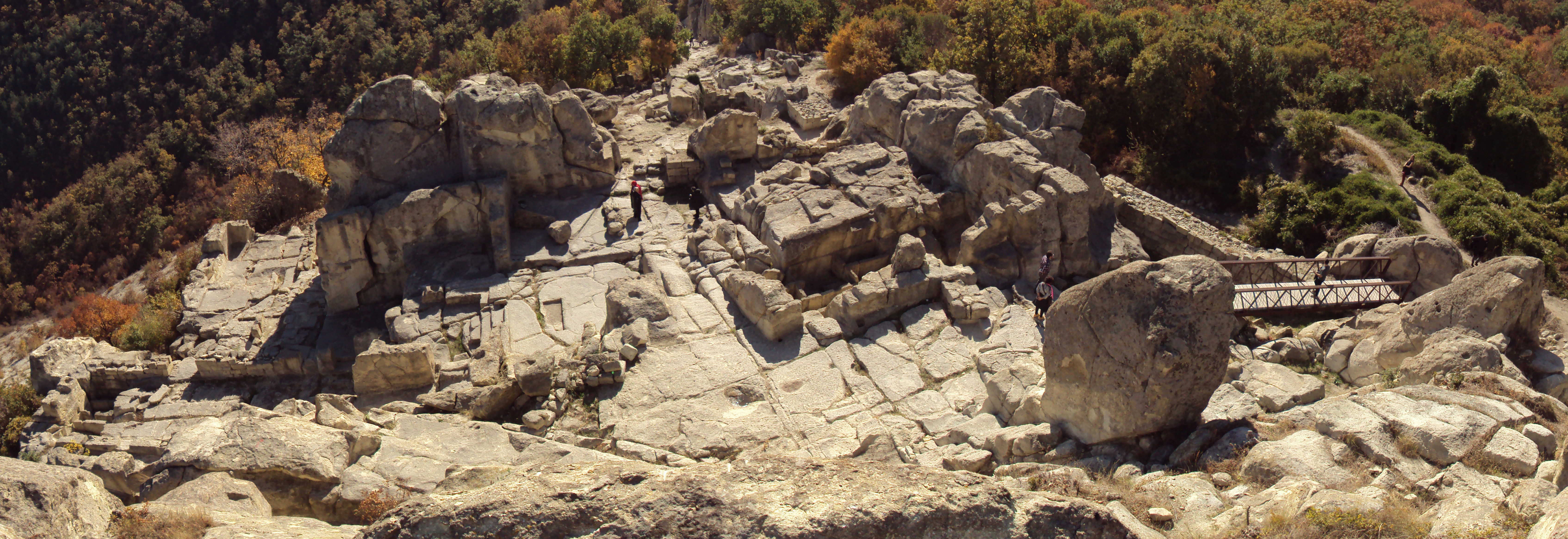
Ancient historians claim that the shrine of the god Dionysus was located somewhere in this area and in In April of 334 BC Alexander the Great came to the shrine and received a prophecy that he will conquer the world. Shortly after he invaded the Persian Empire.
Hundreds of megalithic sanctuaries and golden treasures have been discovered across Bulgaria:
Mishkova Niva

Cholakova Mogila
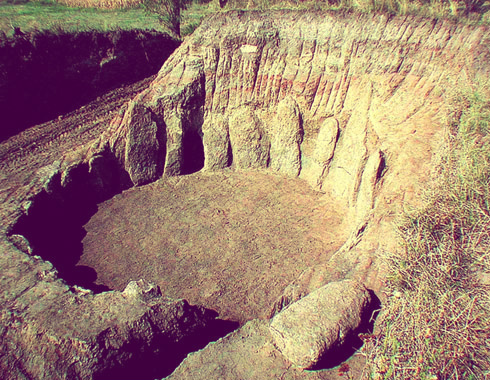
Starosel
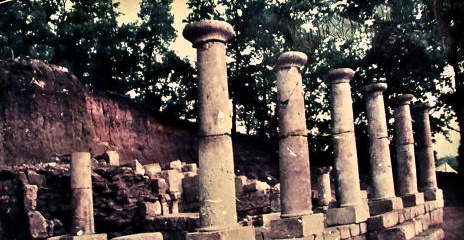
Panagyurishte Treasure
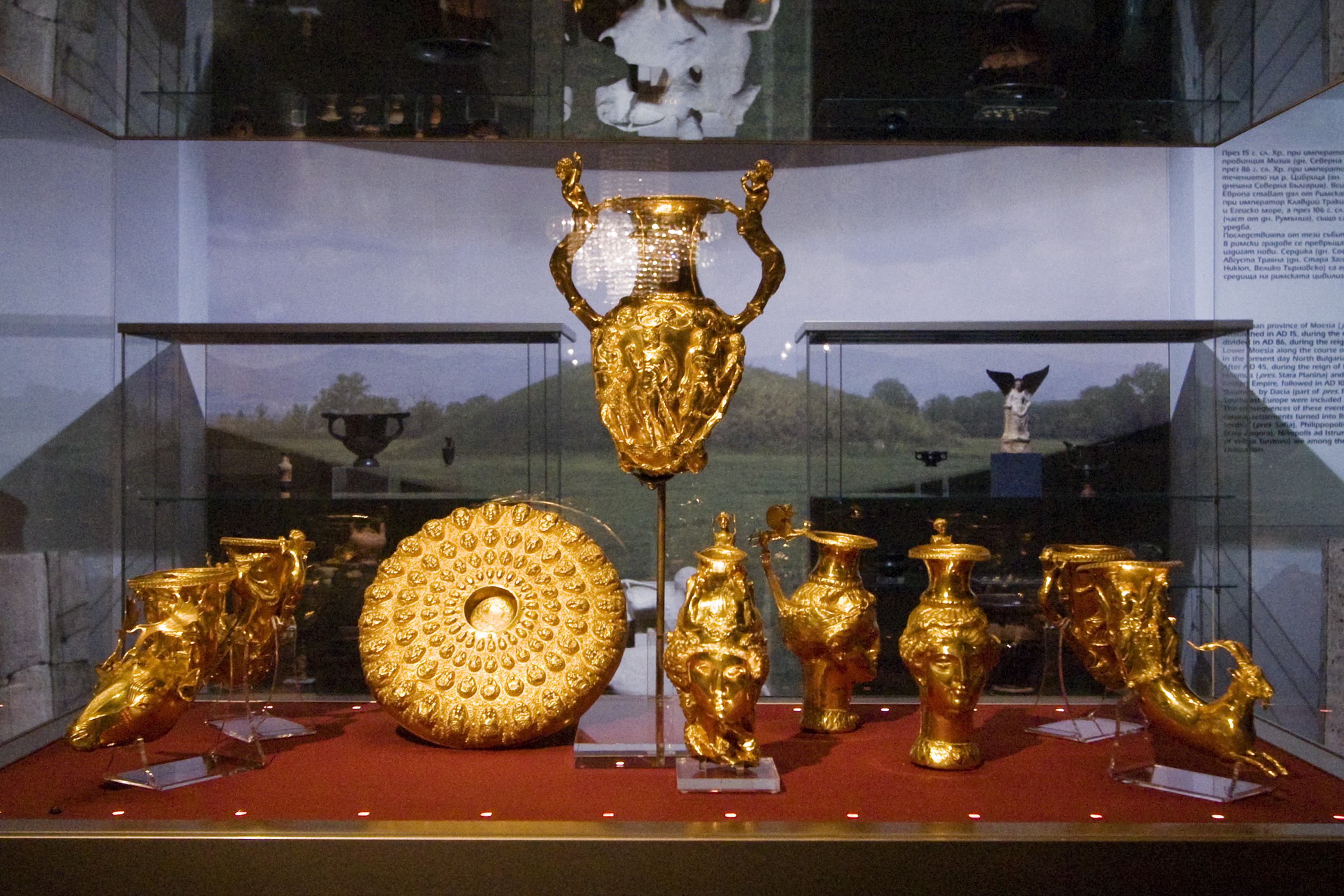
Borovo Treasure

Rogozen Treasure
Valchitran Treasure
If you are a fan of ancient history and Thracians in particular, there is a lot to explore in Bulgaria. We hope this article helped you and inspired you to go on an advenure in the Valley of Thracian Kings, at the heard of the Rose Valley.
Are you planning to visit the Rose Festival of Bulgaria?
Then you can read all about it in our detailed guide, there’re lots of pictures too!
As a goodbye, here is a humoristic depiction of the Thracian’s life:


